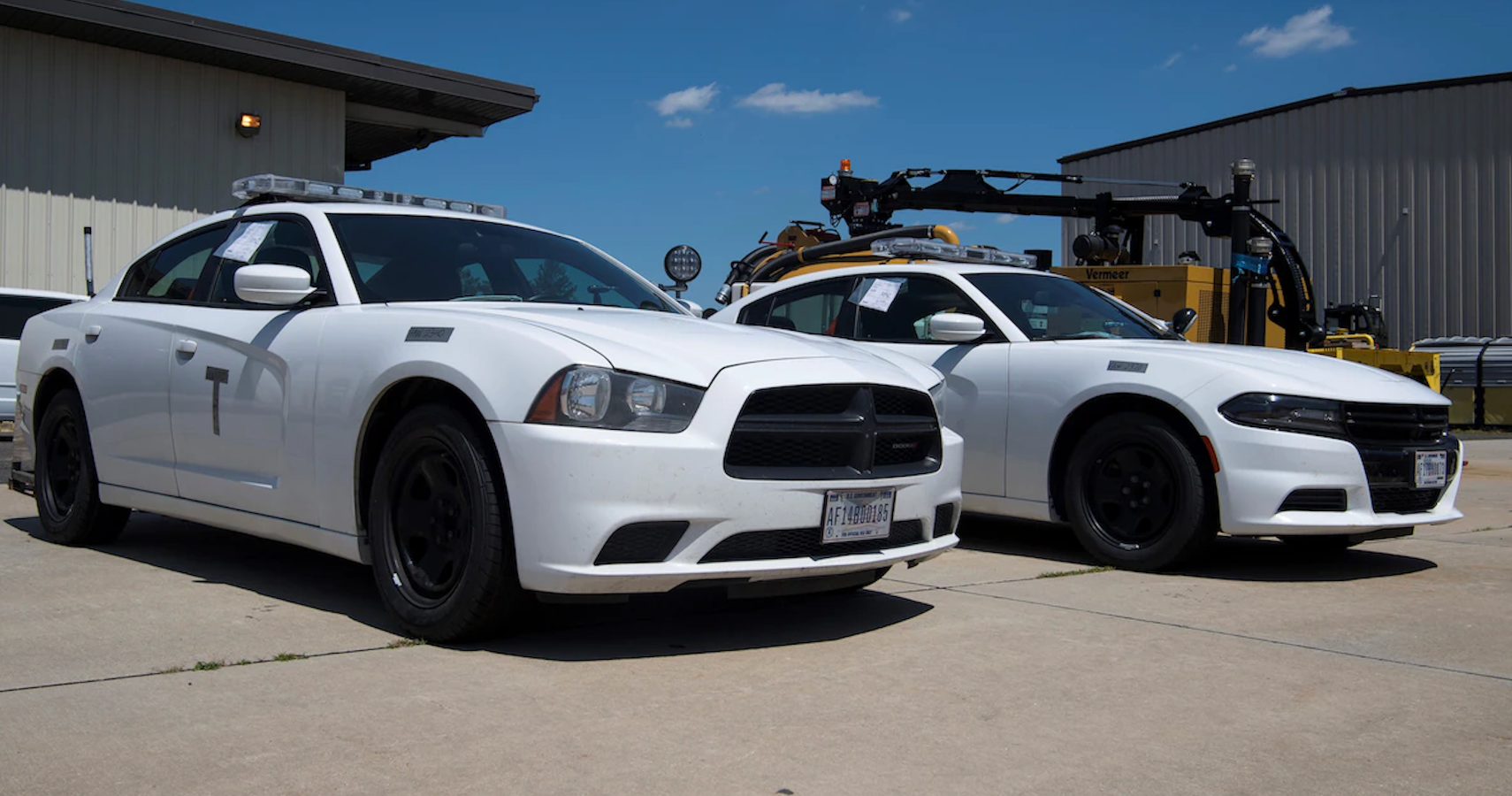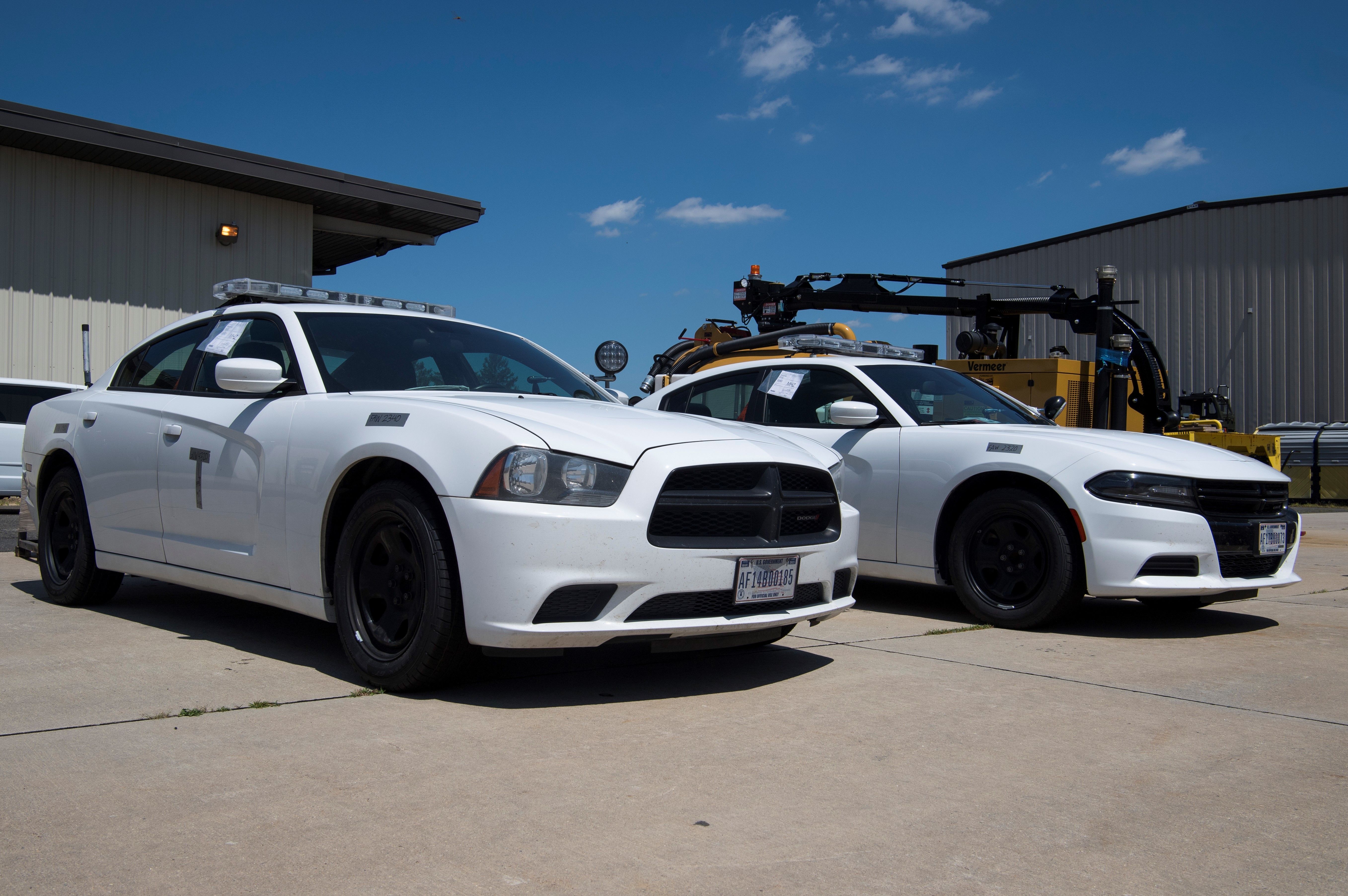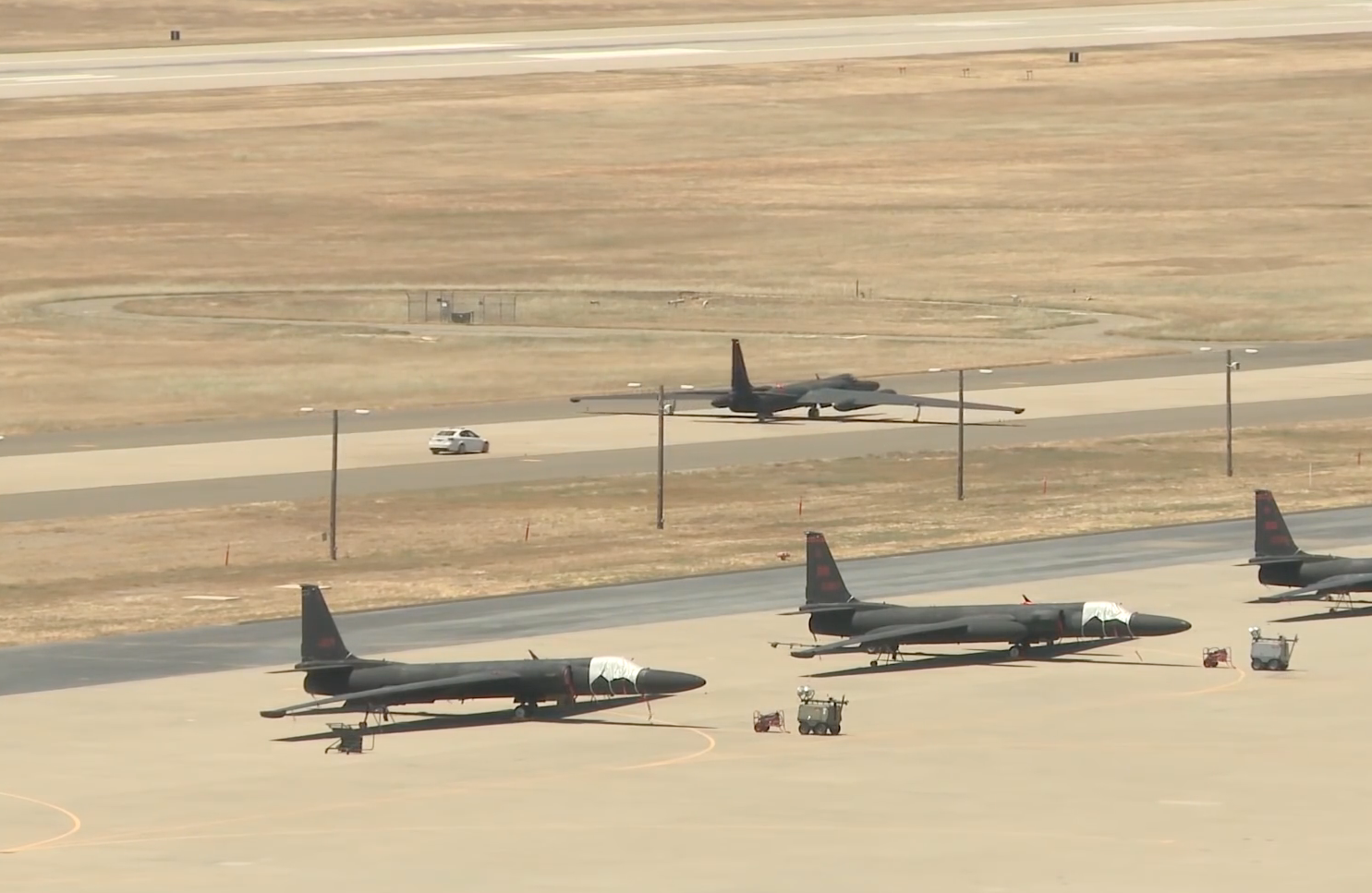You may be wondering why the U.S. Air Force could possibly have a desperate need to fly two Dodge Chargers across the Atlantic to an air-force base in the UK. And there are probably two questions that you’d like answered. First, why does the USAF need muscle cars in the first place? And secondly, why does it need to send them to the UK? Well, let’s see if we can get you some answers.
A YouTube video from the AiirSource Military Channel helps to provide the answer to question one. It contains real footage taken from Beale Air Force Base and RAF Fairford in the UK. And you get to see, first hand, why cars like the Dodge Charger are so important to the USAF.
Muscle Cars On A Runway?
Strangely enough, the USAF has been using muscle cars since the '50s. And one aircraft, which has a service record that now spans over six decades really puts them to good use: the U-2. The U-2, commonly known as the ‘Dragon Lady,’ is a high-altitude reconnaissance plane that is capable of flying at super-high altitudes of up to 70,000 feet, so high that U-2 pilots have to wear space suits.
It’s an amazing piece of kit, but there is one problem with it: the U-2, due to its design, is notoriously difficult to land. And its pilots need assistance, especially during touchdown. It doesn’t only need a very skilled pilot to bring it down, it also needs the assistance of a powerful ‘chase’ car when it comes into land. That's where a muscle car comes in.
Ever since the 1950s, the USAF has been using chase cars to assist flight crews during the final moments of landing, taxiing and take-off. Chase car drivers are highly experienced flight crew members, and it’s their job is to convey key flight instructions to the pilot, like the angle of descent and final altitude.
A U-2 will typically descend at a speed of around 150 km/h. A chase car has to not only match this speed, but it has to ensure that it positions itself within the three car-lengths of the aircraft. So chase car drivers must have precision driving skills and expert timing.
Over the years the USAF has used a large variety of different cars, and in the video they’re using an Audi. In the early days they typically chose vehicles with powerful V8 engines, and they even used Ford Ranch Wagons for this heavy-duty pursuit work.
Two Dodge Muscle Cars Stuck In Transit
The 305th Squadron at McGuire-Dix-Lakehurst had orders to move two Dodge Chargers to RAF Mildenhall in the UK. The two Dodge Chargers took up active service as chase cars for a U-2 aircraft that’s stationed there. Now, you’d think that it would be quite a simple task for the USAF to put them onto a plane and fly them over. Well, it’s not.
“The chase vehicles we received have no Air Transportability Test Loading Agency certification," said Staff sergeant Ryan Murray, the man responsible for supervising cargo loading on the Air Force's website. "They have no fixed area to be restrained or tied down in the aircraft, so there’s no black and white way on how to transport them. When they arrive to our area like that, they are deemed non-airworthy and that’s when we have to figure out how we can load them safely or we may have to make the call that we can’t load them."
The 305th have to coordinate with ATTLA, the Air Transportability Test Loading Agency at Wright Patterson Air Force Base in Ohio, to try and get the two cars certified to fly.
“We have to do a full inspection of the vehicles to see how much weight is on each individual tire, both axles weighed together, the total weight of the vehicle, ground clearance and check the overhang on the front and rear of the vehicles to see if they can go up an aircraft ramp or not, once we have those measurements an ATTLA engineer takes the info to create a certification on how to move that cargo," said Murray. All of this takes time and adds to the cost of moving the cars, which could easily run into six figures.
The Need To Dispatch The Chase Cars
So let's now pick up question two. With muscle car outlets readily available in the UK, it begs the question: why do the cars have to come from the U.S.? Well, it appears that chase drivers are pretty finicky about the types of cars they drive. They prefer using left-hand drive cars. The cars themselves also require specialized modifications, which are currently sourced in the U.S. One example is the car-to-aircraft communications system.
Another possible reason could be that the UK location, in this case Mildenhall in Norfolk, England, may not have a fleet of chase cars available for use. And it may not have the local resources to maintain a pool of these high-performance cars. Which frankly, in this case, is blatantly the most cost-effective option.



